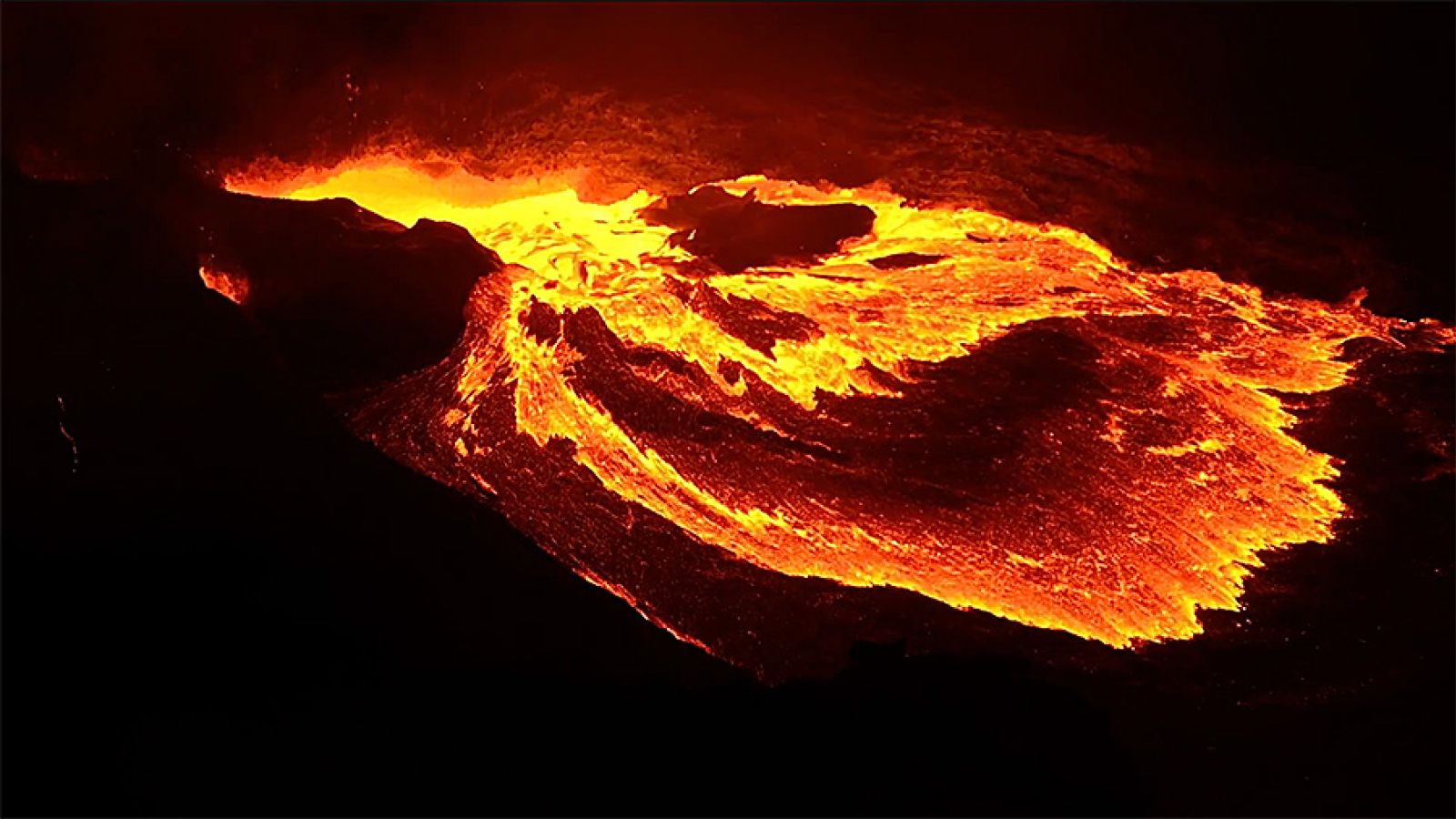VIDEOS
TV Documentaries
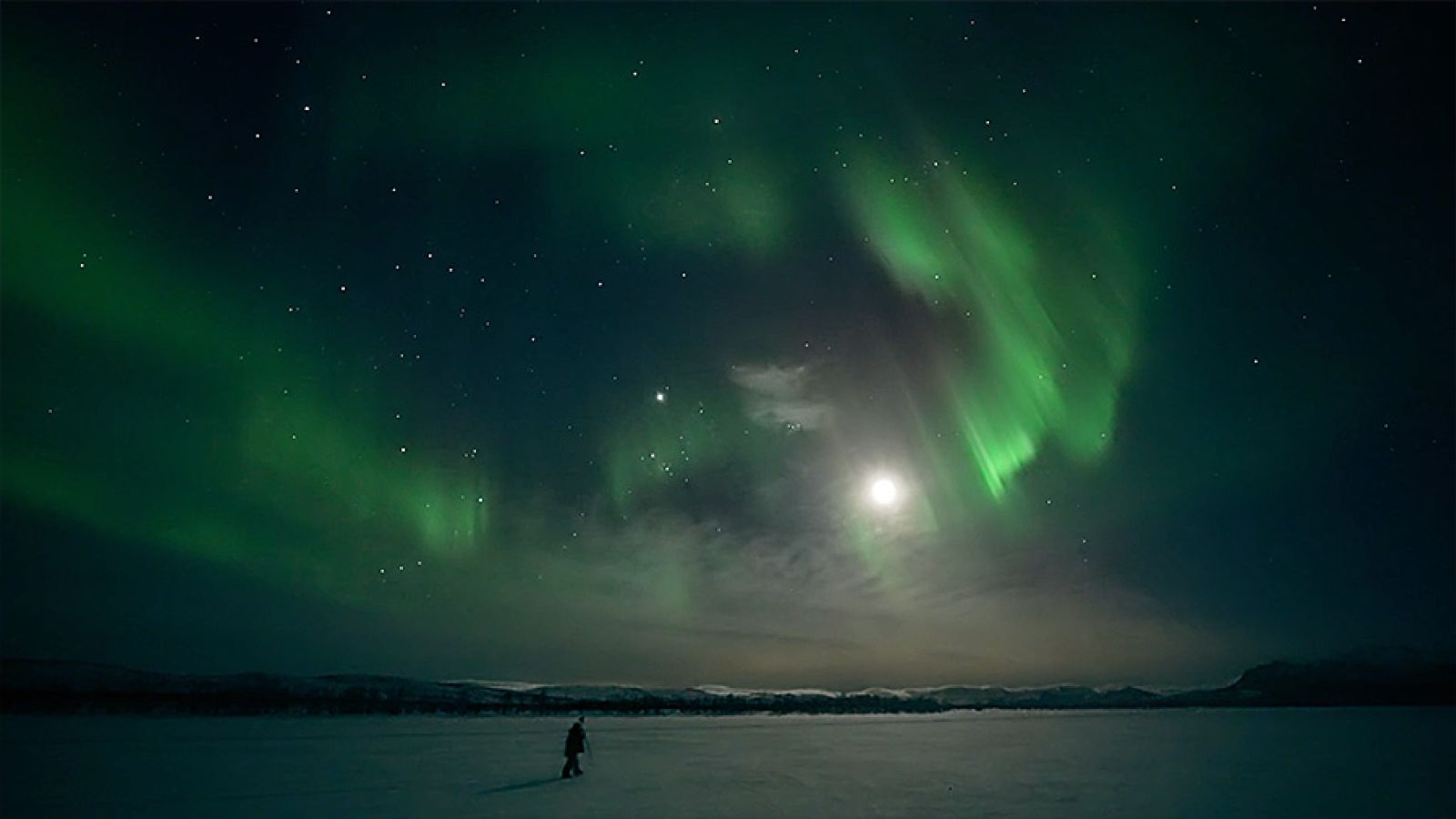
NORTHERN LIGHTS: THE GREAT ENCOUNTER
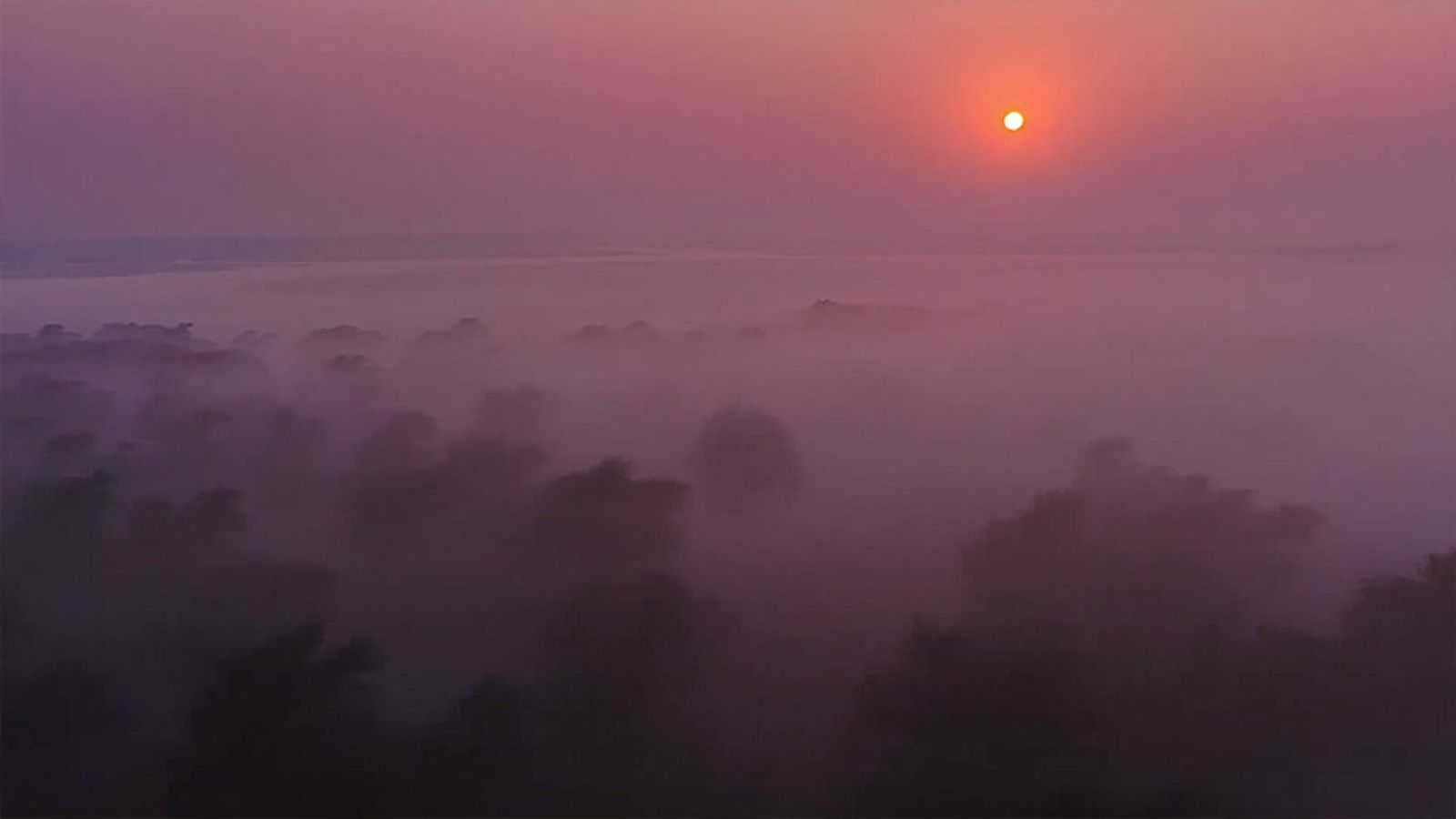
GORONGOSA THE PARK OF RECONCILIAION
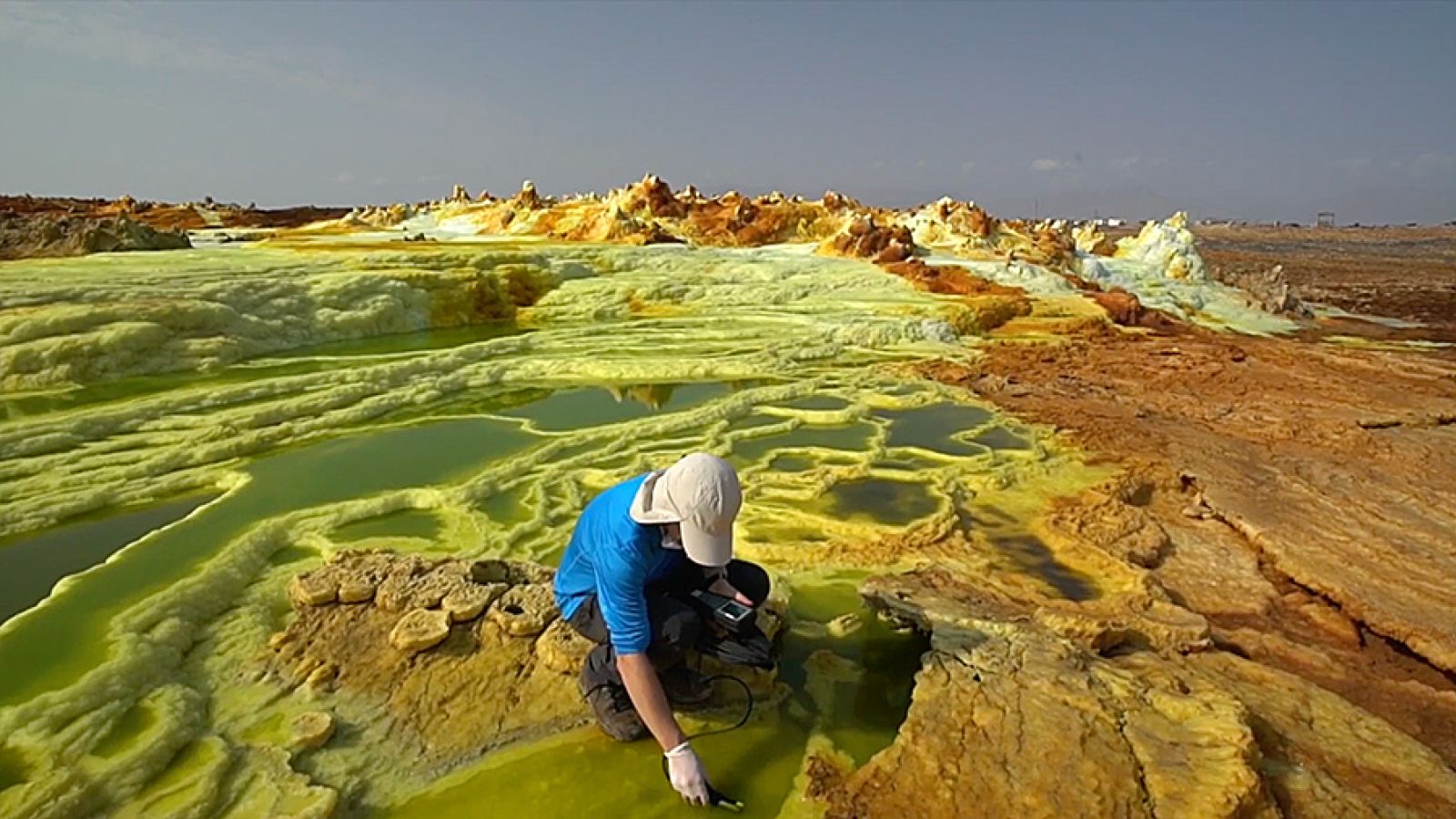
DALLOL, AT THE FRONTIERS OF LIFE
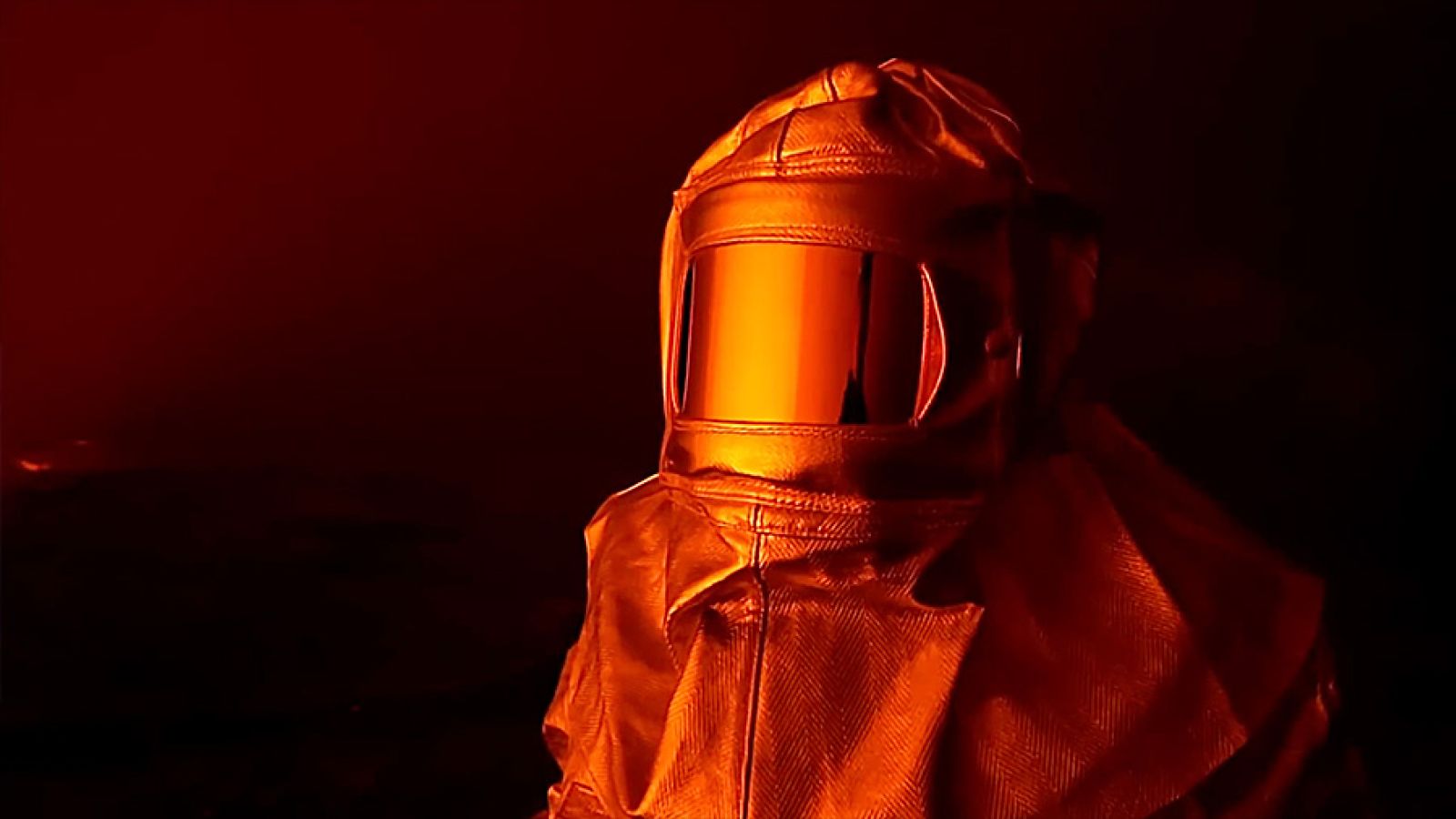
NYIRAGONGO, JOURNEY TO THE CENTER OF EARTH
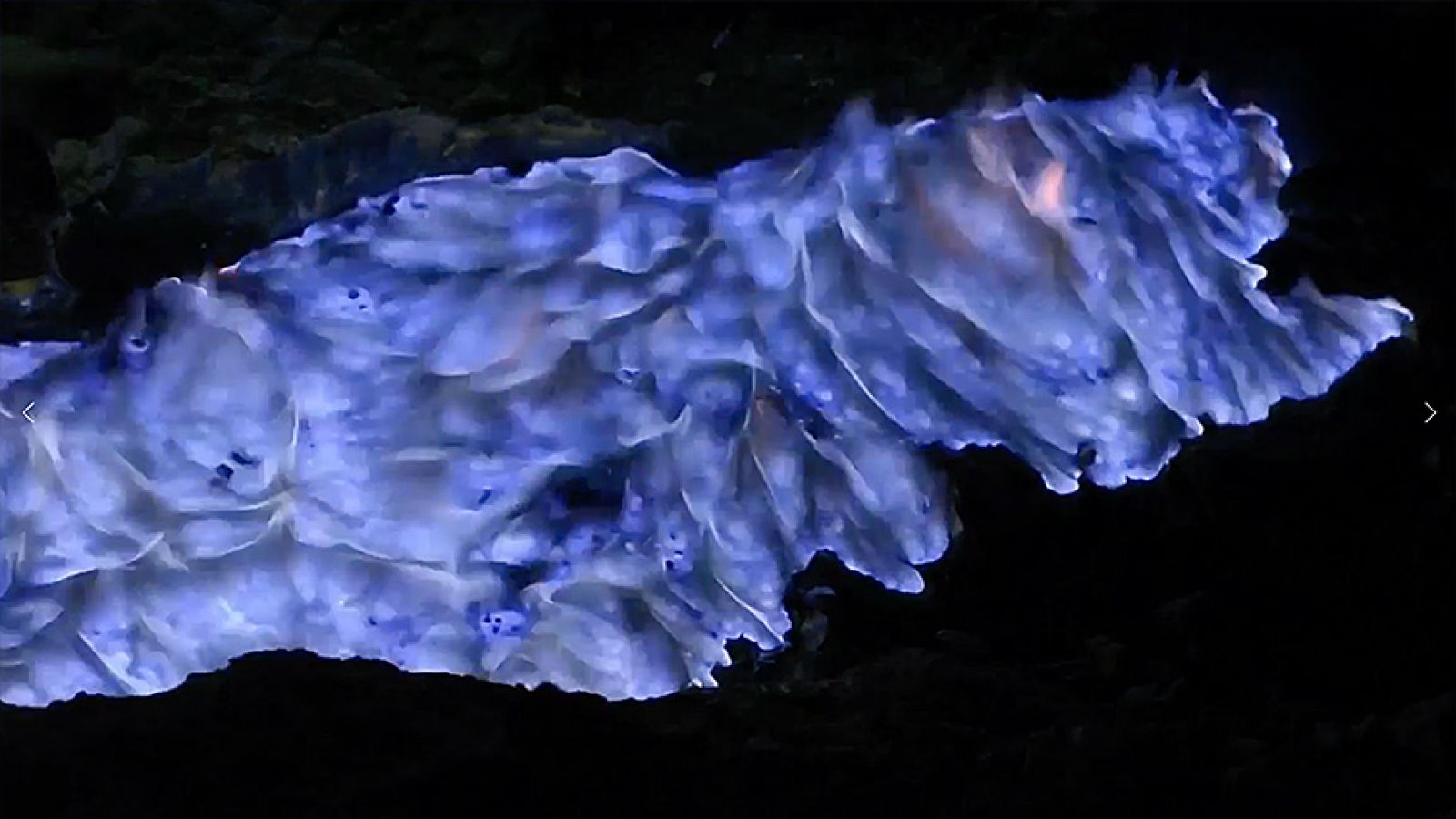
KAWAH IJEN, THE MYSTERY OF THE BLUE FLAMES
Rushes for professional use
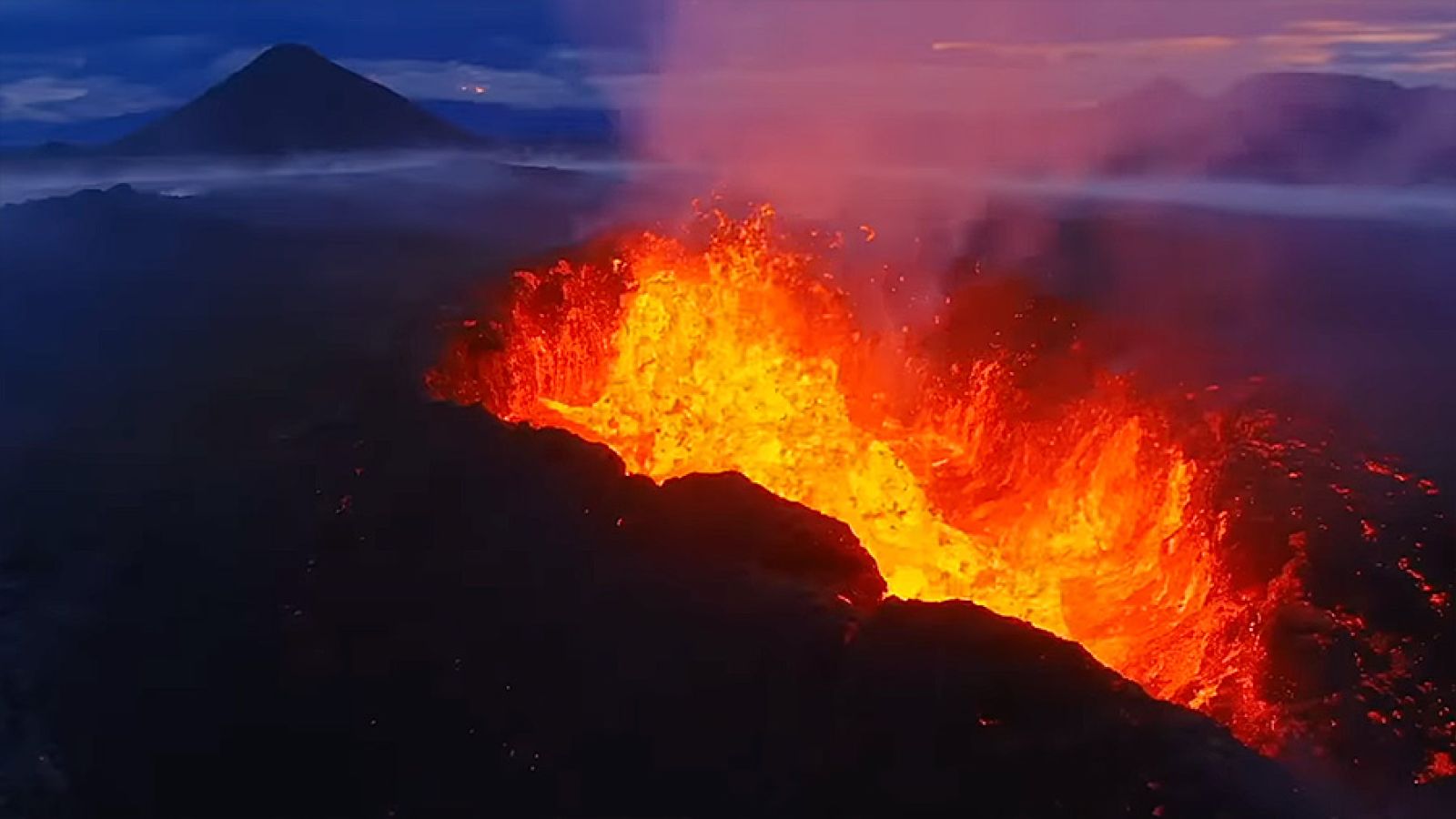
MY DRONE HAS MELTED ABOVE THE ICELANDIC LAVA!
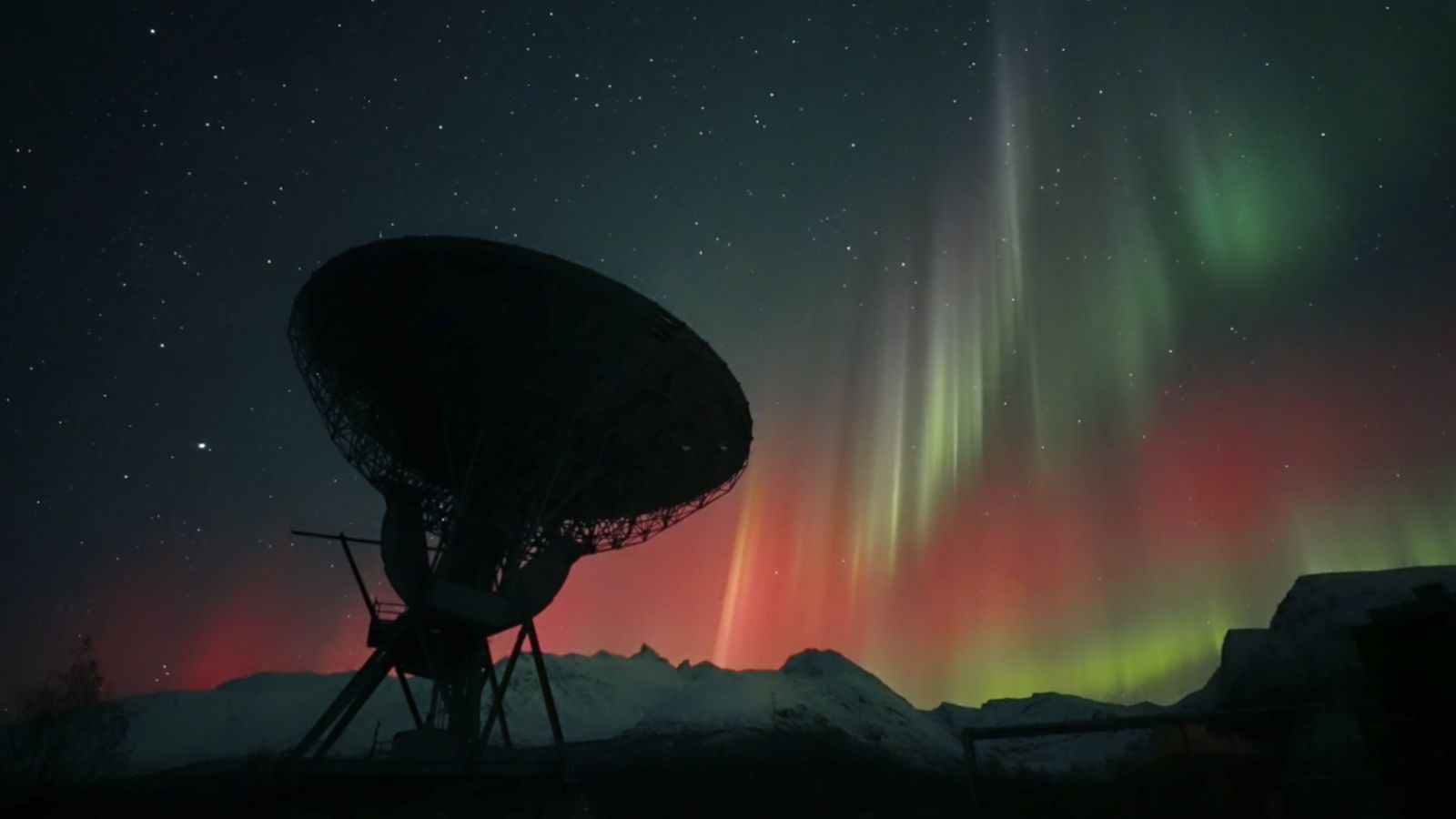
NORTHERN LIGHTS SCIENTIFIC RESEARCH
In northern Norway, the EISCAT bases near Tromsø and Skibotn study the northern lights and the interactions of electric currents with the Earth's magnetosphere in order to better anticipate their potentially catastrophic effects on human activities.The Northern Lights are light produced by electric particles from the sun reaching the upper layers of the atmosphere.During the filming of our movie on the northern lights we were able to observe a wide variety of auroral activity.These shots were filmed at real speed in UHD and are available for professional use.
Music by Stéphane Panunzi: www.stephanepanunzi.com
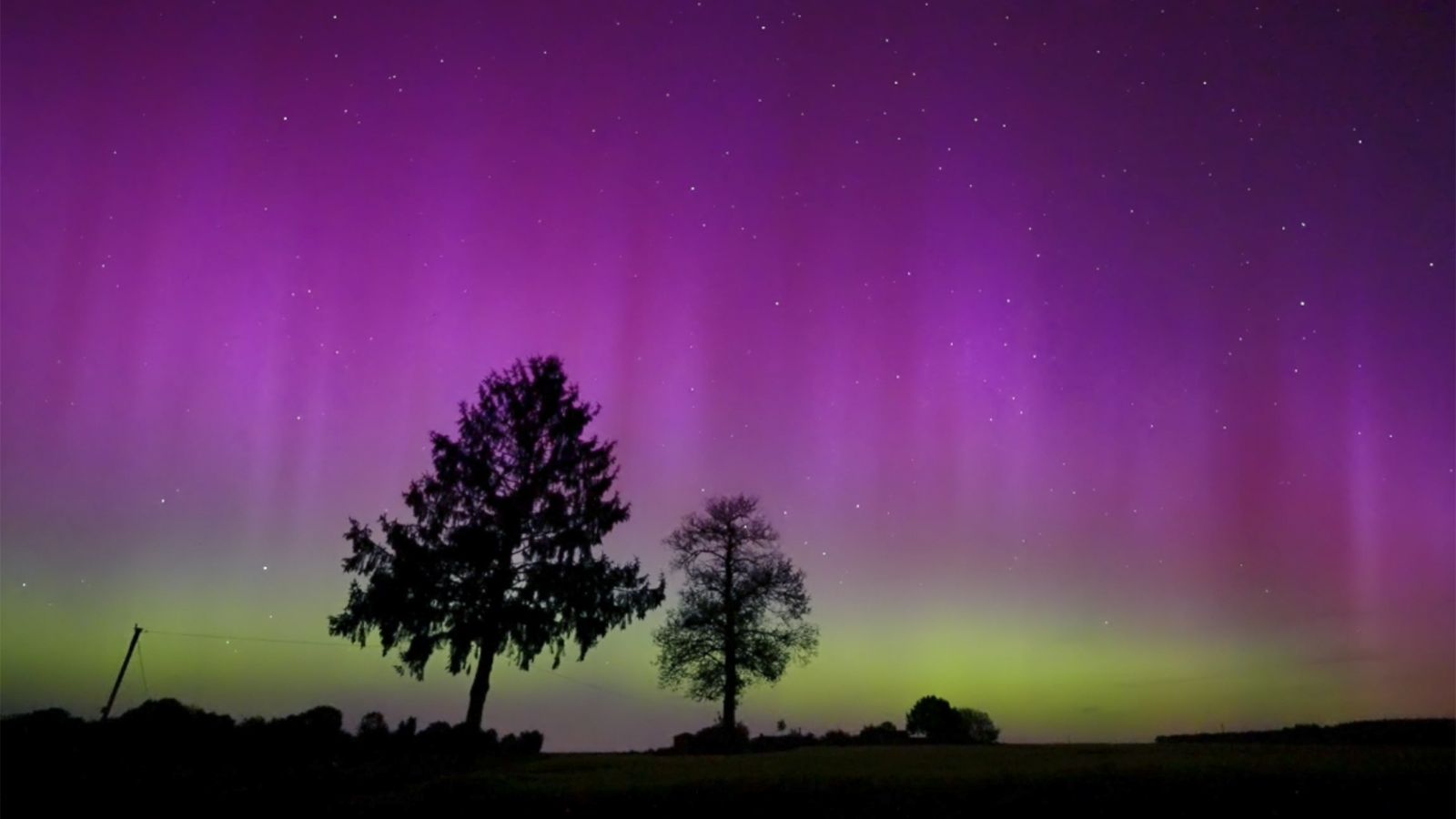
NORTHERN LIGHTS IN FRANCE TE 10th of MAI 2024
On May 10, 2024, a series of very powerful solar flares hit Earth, causing the strongest geomagnetic storm in 25 years. The Northern Lights were visible across Europe and even in North Africa and North America, reaching as far south as Mexico. From Normandy, the spectacle lasted all night.
These shots were filmed in UHD and the images are greatly accelerated. They are available for any professional use.
Music by Stéphane Panunzi: www.stephanepanunzi.com

NORTHERN LIGHTS IN CURTAINS
The Northern Lights are light produced by electric particles from the sun reaching the upper layers of the atmosphere.During the filming of our movie on the northern lights we were able to observe a wide variety of auroral activity.
At times, the northern lights form large curtains in which the luminous lines move rapidly.These shots were filmed at real speed in UHD and are available for professional use.
Music by Stéphane Panunzi: www.stephanepanunzi.com
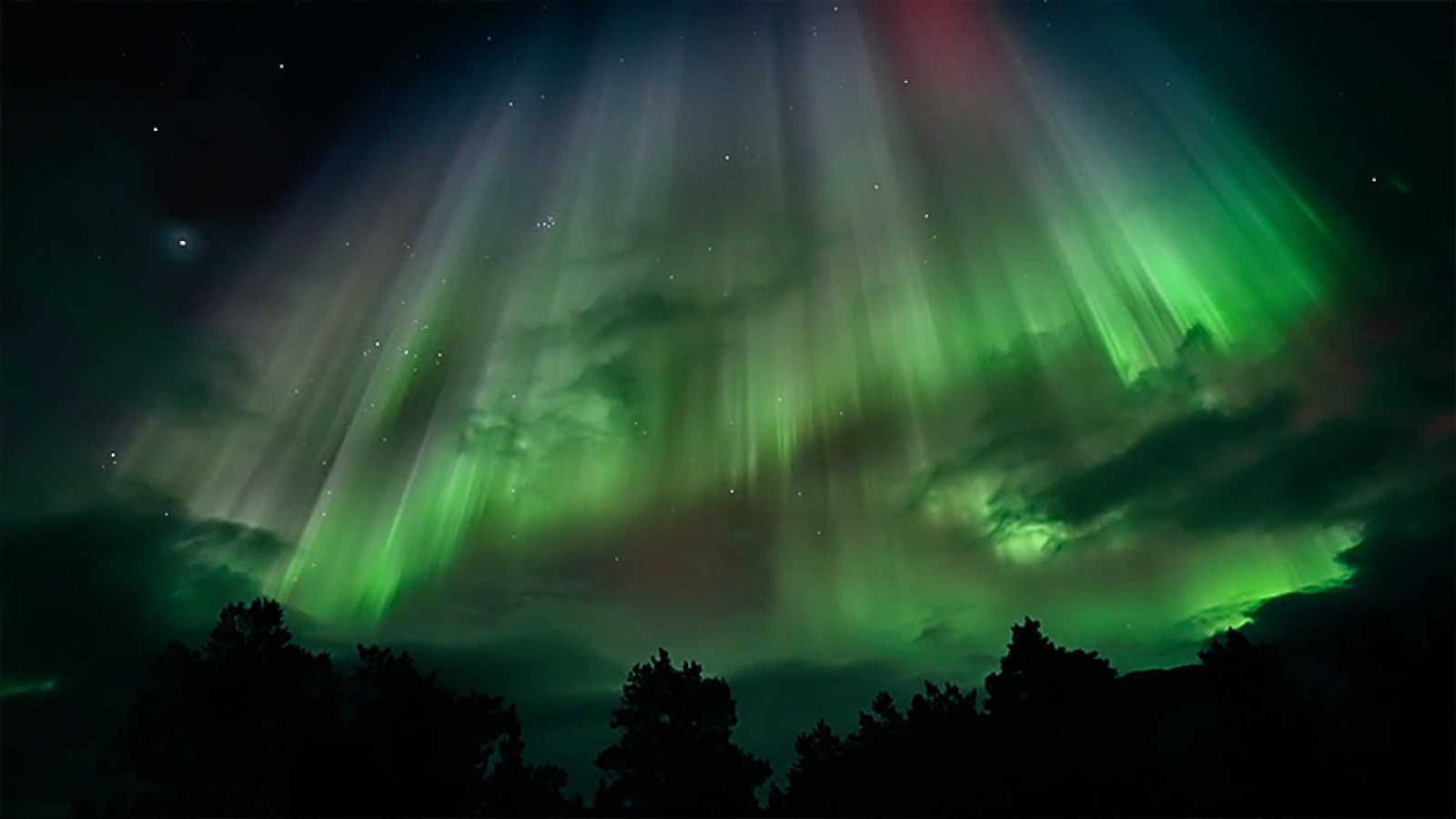
NORTHERN LIGHTS ULTRA DYNAMIC
The Northern Lights are light produced by electric particles from the sun reaching the upper layers of the atmosphere. During the filming of our movie, “Northern Lights, the Great Encounter,” we were able to observe a wide variety of auroral activity.
If solar winds are very dense and very fast, the northern lights can move and shift at very high speeds. These shots were filmed at real speed in UHD and are available for professional use.
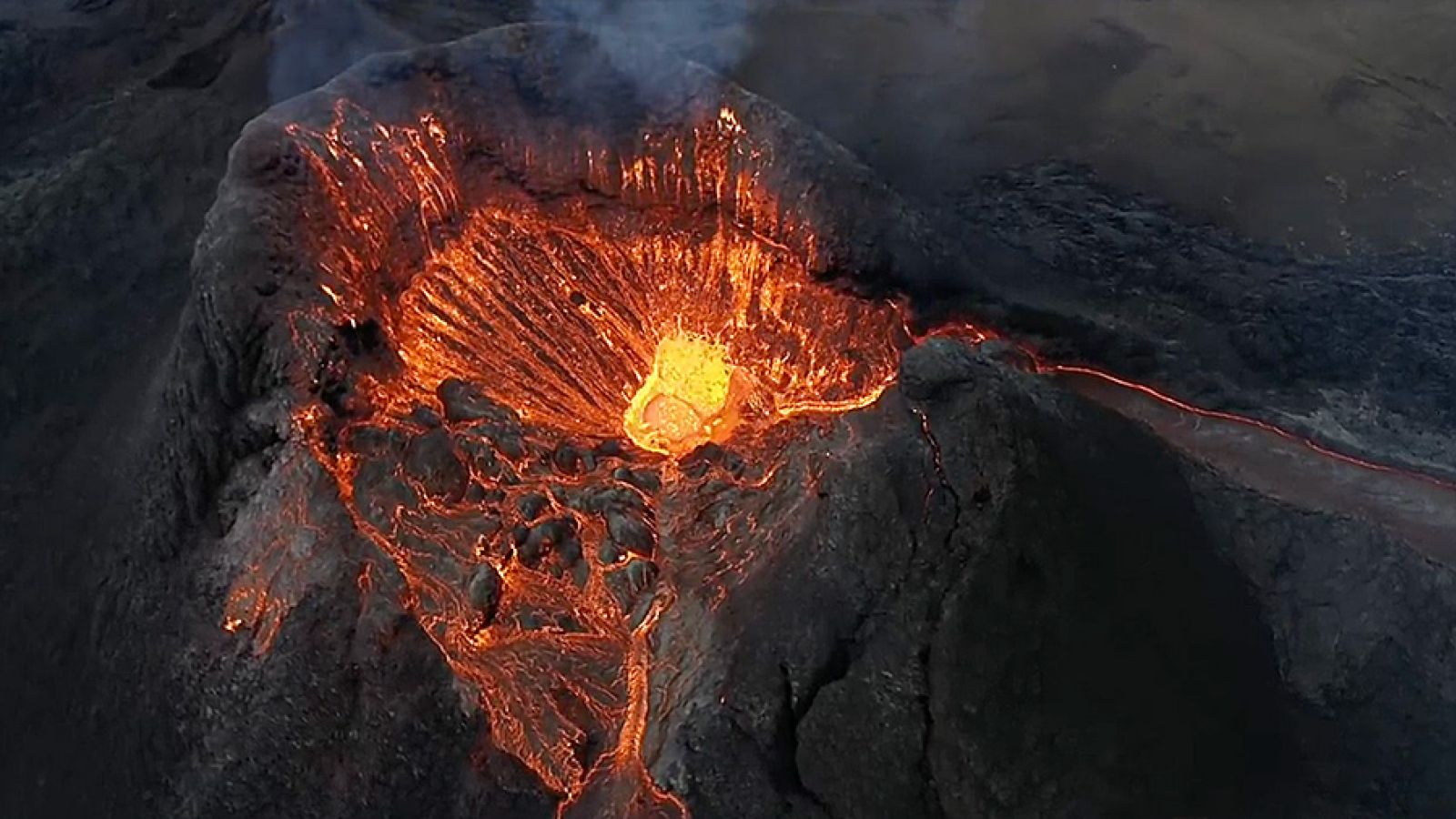
THE INCREDIBLE LAVA GEYSER OF ICELAND

NORTHERN LIGHTS, AURORAL CROWNS
The Northern Lights are light produced by electric particles from the sun reaching the upper layers of the atmosphere. During the filming of our movie, “Northern Lights, the Great Encounter,” we were able to observe a wide variety of auroral activity.
When the aurora reaches the middle of the sky, at its zenith, a crown of light is activated, often revealing a wide variety of colors. These shots were filmed at real speed in UHD and are available for professional use.
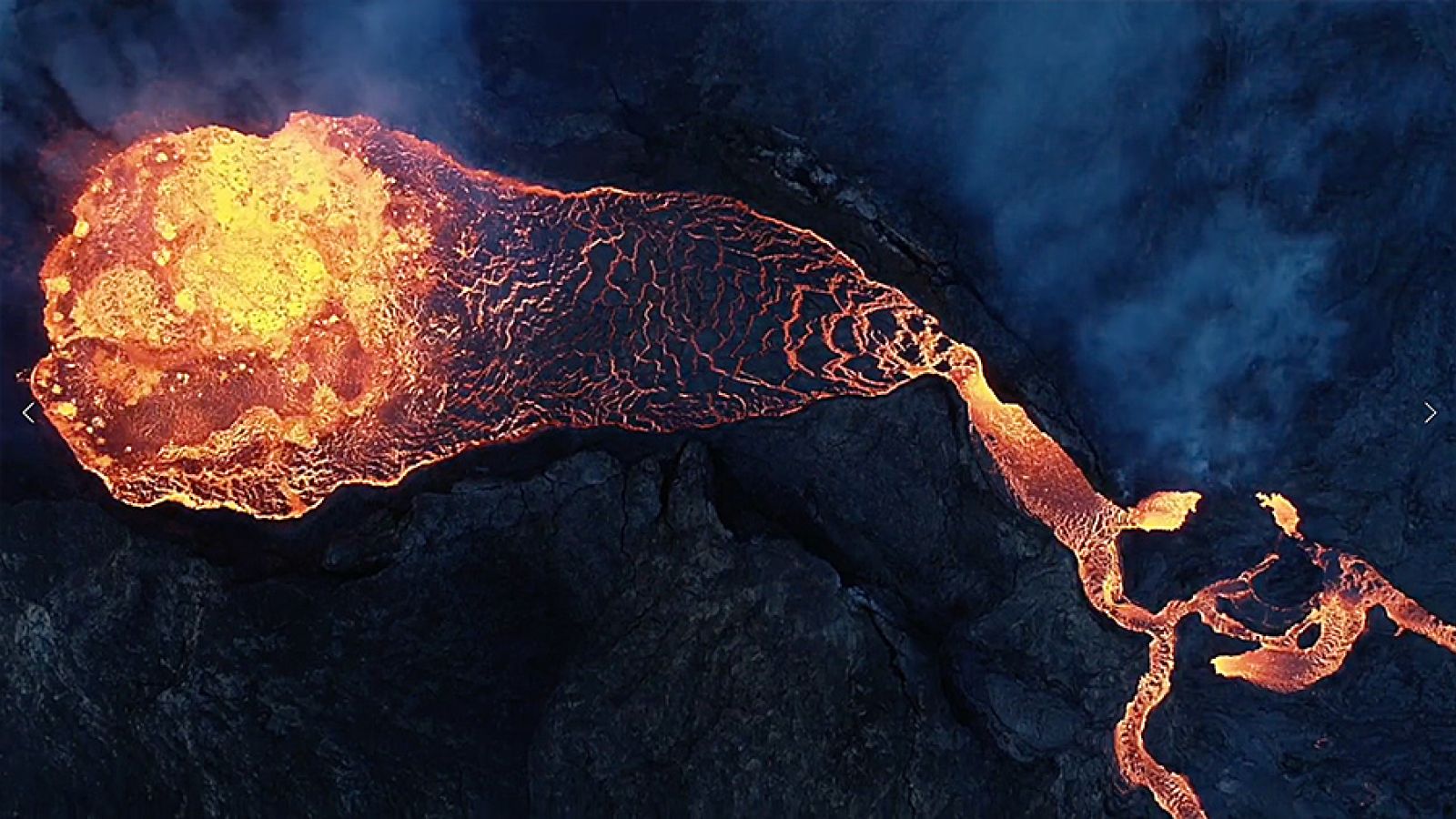
LAKE AND LAVA FLOWS FROM FAGRADALSFJALL VOLCANO IN ICELAND
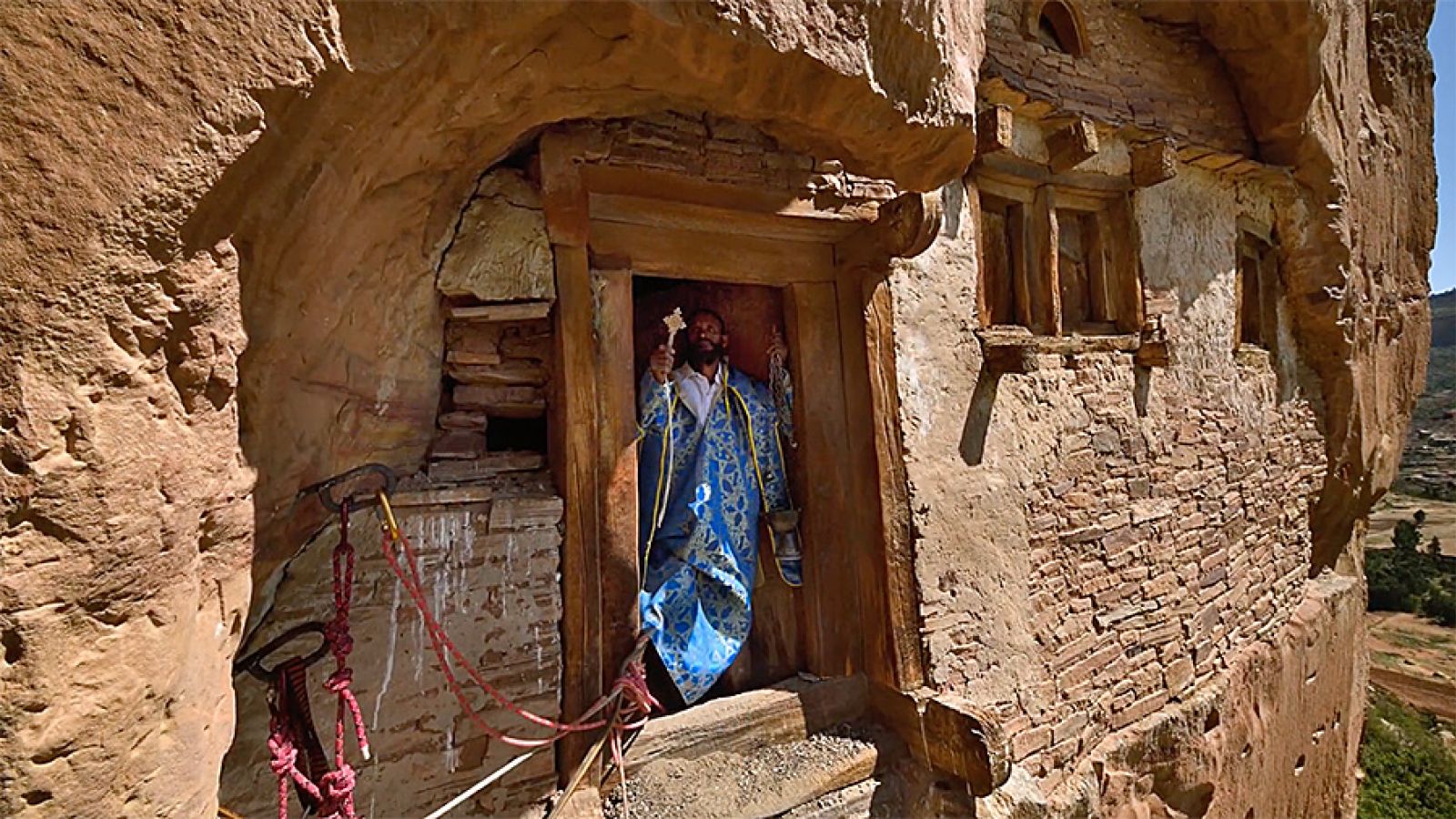
MARYAM DENGELAT, THE DIZZINESS OF FAITH
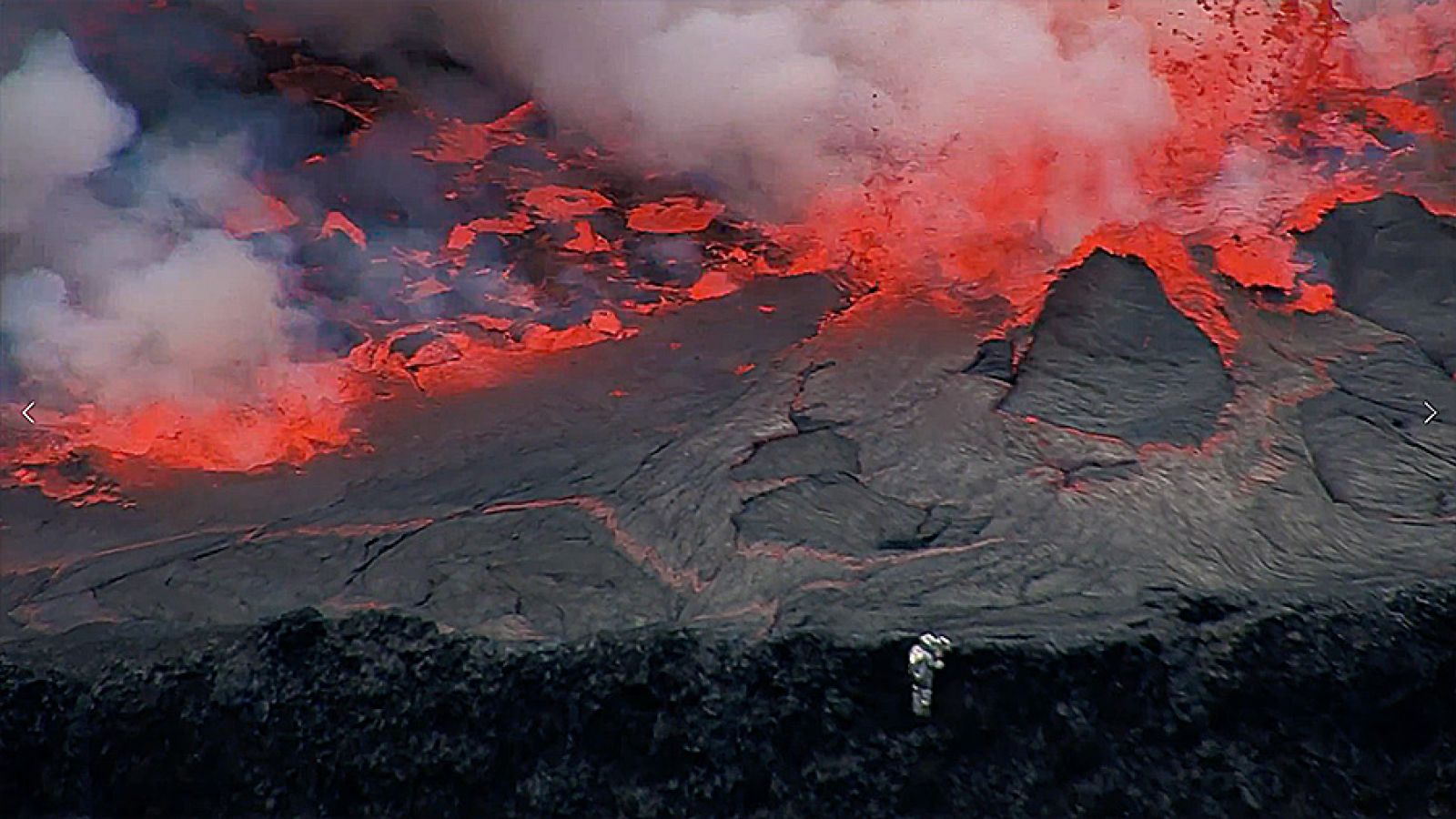
PHOTOGRAPHER OLIVIER GRUNEWALD CLOSE TO THE LAVA LAKE OF NYIRAGONGO VOLCANO
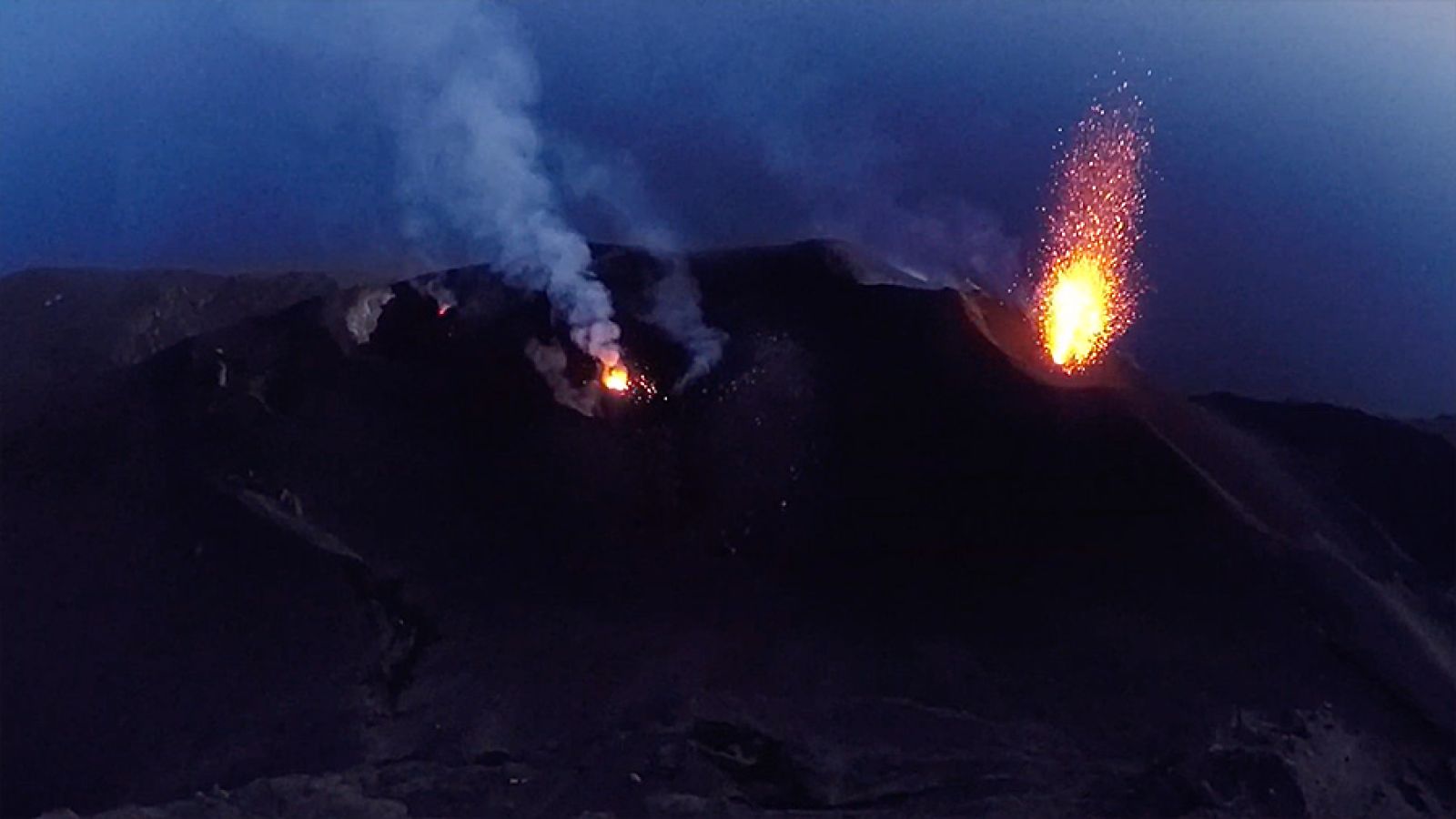
A DRONE IN THE HEART OF THE CRATERS OF THE VOLCANO STROMBOLI
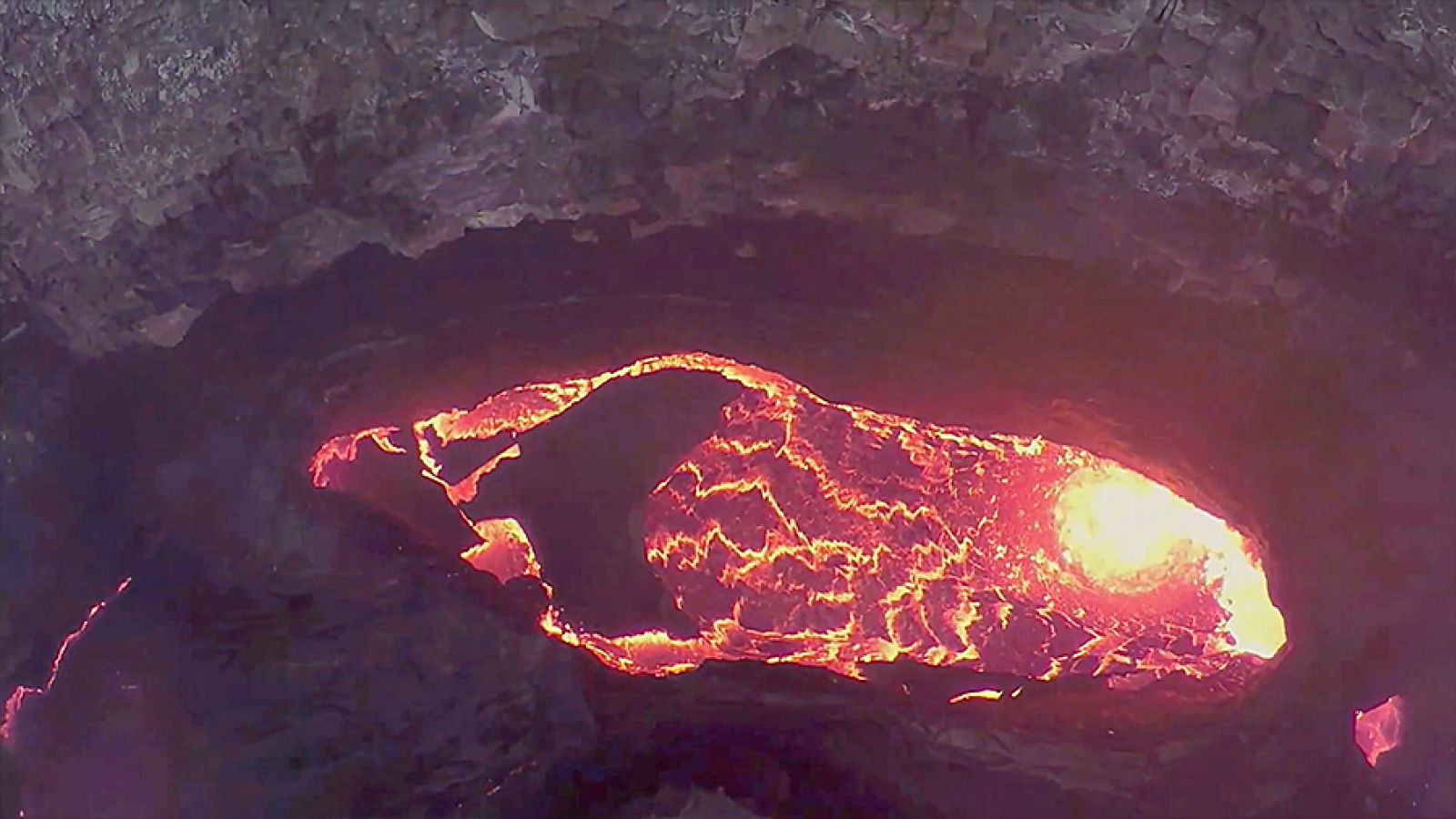
MY DRONE IN THE ERTA ALE VOLCANO
A drone ventures into an Ethiopian volcano
It was at the bottom of the Erta Ale crater, above its lava lake, that I carried out my first experience of taking pictures of a volcano using a drone.
Operating a drone in an extreme environment, where the heat of the lava generates complex aerology and the magnetism of the magma interferes with radio waves, is a highly formative experience. Thanks to a radio transmission system, I was able to recover the images filmed by the camera as my drone ended up in the lava lake.
